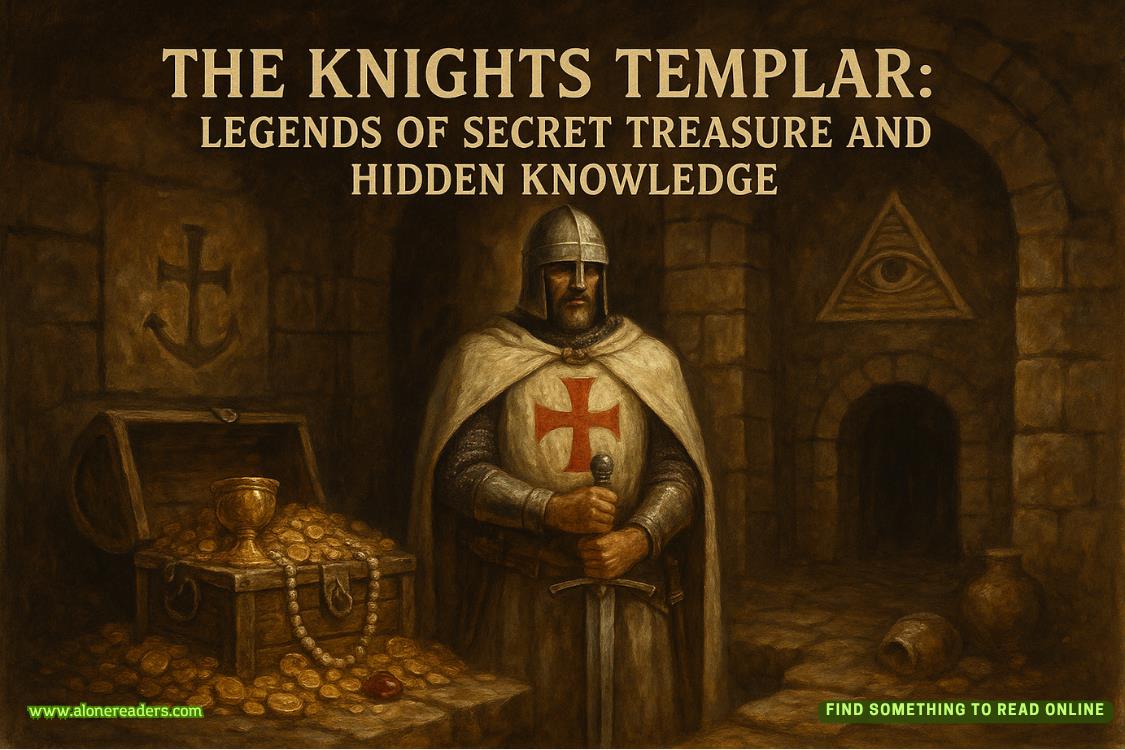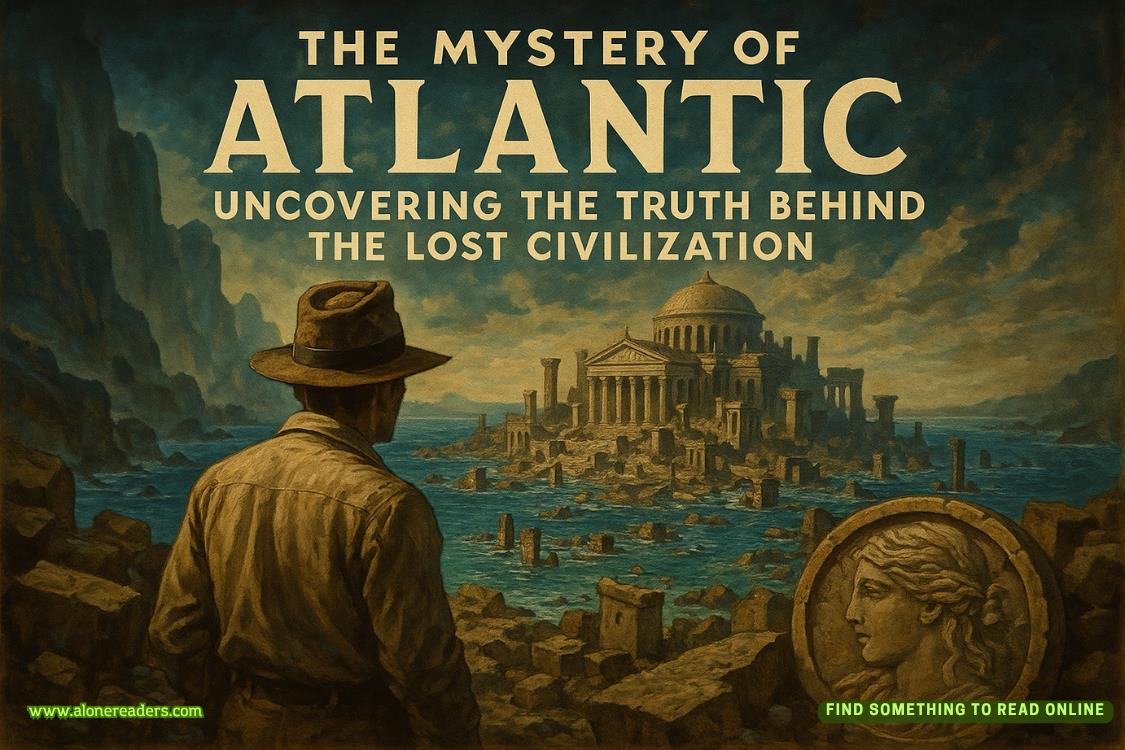The Worthe Art Gallery has a permanent exhibition of Da Quirm oil paintings and sketches. There is a fine collection of landscapes as well as some modern sculpture. I must confess to some confusion about a new exhibit entitled ‘Avant Gourd’ which comprised an unmade bed stacked up with a random and colourful collection of cantaloupe melons and pumpkins. It seemed to me a waste of perfectly good food. Admission to the gallery is free and it is open most afternoons.
The nearby central post office is worth a look for its interesting frieze. In the early days of the postal service, a ducal decree that the mail should be delivered by ostriches was taken at face value by the good burghers of Quirm. By the time they realized that this strange dictum was the result of the duke speaking with his mouth full, the post office building was completed.
Quirm College for Young Ladies, a fine building overlooking Three Roses Park, is a prestigious educational establishment and numbers among its pupils (aside from this humble author) the children of many notable families, whom it sends out into the world at the end of their schooldays with not only a vigorously developed Moral Fibre but also an excellent back crawl and breaststroke.
On a personal note I was pleased to see that the Fish and Chip Shop in Three Roses Alley is still there. When I was a girl at the college, this was a favourite haunt for many of us, not least because of the handsome young man working behind the counter. I would imagine the good-looking man now in charge is his son.
La Sorbumme, the Fools’ Guild summer school and retirement home, is located in the old part of the city adjacent to the site of the collapsed tower. Impromptu and noisy entertainments by silly old fools create quite irksome street theatre in this district and the liberal distribution of banana skins and custard pies may well be the death of some of the elderly folk who have retired here for a quiet life.
It is worth noting that the City Assembly has laid down strict licensing laws. Bars are closed on Octeday and during the rest of the week they normally close before 10.00 in the evening. Quirm is indeed an agreeable city for a vacation, convalescence or retirement.
As yet the seafront is unspoiled and the sandy beaches and little offshore islands are the main attraction of the resort.
Before laying down your picnic blanket on the beach, check for clumps of a kind of seaweed known locally as snapping bladders. This vicious plant, which can move very quickly, will bite the unwary and maliciously kick sand in your picnic. Beware also the shoals of trifle fish that shoot a stream of viscous yellow liquid from their trailing tentacles, which is an annoyance to beachgoers but collected and prized by some Quirmian chefs.
3
THE RAILWAY LINE extends from Quirm City to the coast, where it turns back towards Ankh-Morpork via a slow but scenic route. At present the only way to travel further turnwise to Llamedos and beyond is by road or boat. Delays in completing the bridge over the Quire are not the only reason for this. It seems that the city council in Pseudopolis (mainly small shopkeepers with vested interests) assert they ‘will have no Ankh-Morpork Kettle fouling their air, frightening their horses and discolouring their sheep’s fleeces’. However such is the demand for travel turnwise the AM&SPHR is planning to run a line through the small fishing port of Soarmouth, some miles from Pseudopolis City.
The first stop on the coastal line is the resort of Quiremouth, once a small fishing village, but now becoming a popular day-trip destination. In the summer this train is filled with children clutching buckets and spades, shrimping nets and miniature harpoons; their harassed parents laden with picnic baskets, towels and folding chairs.
There are a few freshly painted guesthouses opening up along the seafront and stalls selling winkles, banged grains and a strange, sticky confection which looks like a small colourful cloud, its tacky stain evident on the faces and hands of anyone eating it. People do behave in a different way at the seaside: gentlemen roll up their trousers and paddle like small children, while staid matrons, along with giddy girls in service, sport broad-brimmed hats embroidered with a message demanding that they be kissed, and quickly. Troll nannies, slightly comatose from the heat, smile benignly at their charges as they allow sand to be heaped up over their bodies. I have even seen a few dwarfs remove their headgear and expose their bearded faces to the sun. There must be a residual magic in that strand between land and sea.
•QUIREMOUTH•
POPULATION: 120
CLACKS TERMINAL: on the quay.
ACCOMMODATION: Harbour Hotel, Ship Inn.
MARKET: Early morning fish market on the quay.
A small fishing village and seaside resort on the Quire estuary.
THE SLOW TRAIN from Quiremouth meanders its way rimwards following the contours of the coast, making occasional stops to take on consignments of fish. Glimpses of blue sea are interspersed with stands of pine trees. On the landward side there are acres of vineyards which produce the famous wines of the region.
The wine makers who live along the coast take advantage of the brief halts where the engine is refuelled or fish is taken on to load their cases of wine into the goods van for delivery to Ankh-Morpork. More often than not, a bottle of their best vintage and a few glasses find their way into the passenger compartments for a spot of impromptu wine-tasting.
The three-hour journey passes in no time and most travellers are well fortified by the time the train approaches the great steaming swamps of the Netherglades. There is something threatening about this lush green landscape; from the train one can hear raucous birdsong and the buzzing of a thousand mosquitoes – even the sound of train on track changes from clickety clack to thippety thapp – and the ground trembles as the train passes. Constructing the railway around this area was one of the most difficult engineering challenges of the whole route and it is easy to understand why. Dry land is hard to find anywhere.
A report from one of the surveyors working on the project sheds more light on the Netherglades.
LEAVING THE NETHERGLADES the train travels hubwards and resumes its normal speed and rhythm; the climate becomes more temperate and grassy fields dotted with trees extend in every direction. In little over an hour the outskirts of Shankydoodle come into view.
Here white-painted picket fences delineate the fields, and grand mansions with stable yards are much in evidence.
I was told by a fellow traveller, wearing highly polished elastic-sided boots, a tweed jacket over a scarlet waistcoat, and a yellow silk cravat, that Shankydoodle is the most important centre of race-horse breeding in the world; it is from these stud farms that some of the finest thoroughbreds have emerged, including the famous Klatchian Star who won every race he entered until he fell at Hitcher’s Ditch and was dispatched to a useful afterlife courtesy of Clancy & Son Pet Supplies.
The station at Shankydoodle is large and well kept, a reflection of the wealth of the inhabitants and the popularity of the racetrack which, thanks to the railway, now draws in thousands of people from as far away as Ankh-Morpork and Quirm.
•SHANKYDOODLE•
POPULATION: 295
CLACKS TERMINALS: at the railway station and the racecourse.
POST OFFICE















